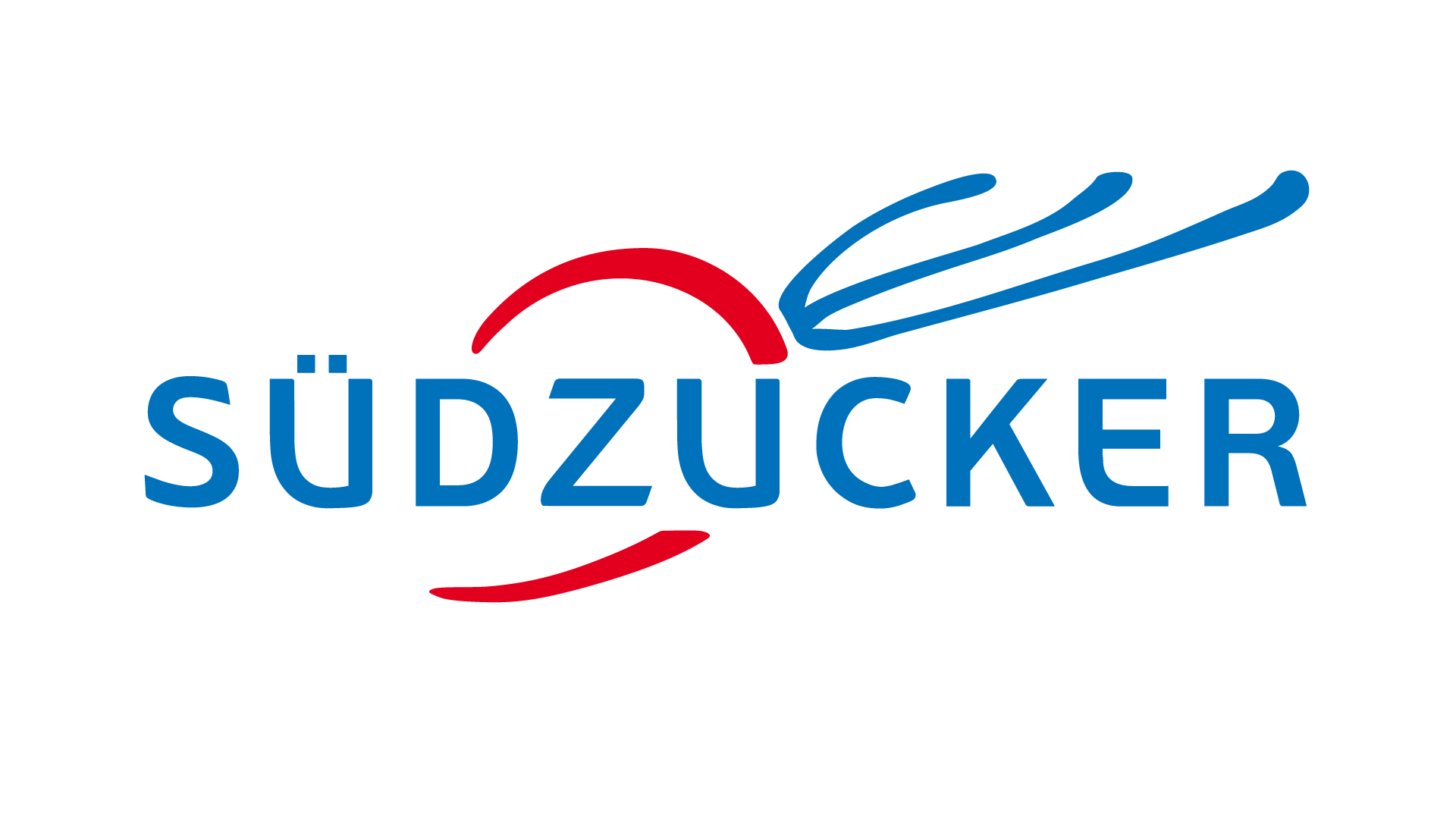Cross-Platform Development with Flutter
Cross-platform solutions are expanding development opportunities in the mobile application field. Alongside Cordova, Ionic, and React Native, Flutter has proven itself a particularly attractive alternative to native development.
For several years now, app development has been divided into native and cross-platform development. Whereas with native development, an app is developed specifically for a particular operating system like Android or iOS, the cross-platform development method is used to create applications which can be deployed on multiple platforms.
More efficient development, less maintenance
One of Flutter’s advantages is that it enables shorter development times and less maintenance than native development. Flutter teams can be more streamlined, as the framework’s common codebase facilitates central development for multiple operating systems, and – provided that no custom plugins are required – no platform-specific integration is necessary. The applications can, if required, also have a cohesive user interface.
Compared to native development, cross-platform technologies also enable companies to develop proofs of concept more quickly. Indeed, the reliable support for Android and iOS has already enabled inovex to achieve faster, more sustainable success in several B2C and B2B projects using Flutter.
Native vs cross-platform
Unlike native applications, however, cross-platform applications also face several challenges. For companies looking for the best performance for their applications, native development is the only option. While Flutter and similar offerings also produce considerable performance values, they still lag behind well-developed native apps.
In our meetup entitled “Use Cases: Native Apps vs. Cross-Platform Apps”, we discussed the advantages and disadvantages of both development methods.
Sustainable development with Flutter
Although Google first launched Flutter in 2017, it has rapidly become the framework of choice for cross-platform development. One major advantage is that it is part of the Google universe. Like Google’s Fuchsia OS, Flutter is based on Dart, which means that it will remain relevant for a long time to come.
Integration with additional platforms is also planned for the future. As well as Android and iOS development, it will be possible to use Flutter to develop progressive web apps – websites which can be installed on smartphones as apps. Google also plans to expand its cross-platform Flutter offering to the desktop by integrating it with Windows and Linux.
The advantages of using Flutter
Developers wishing to include native features such as push notifications, NFC, secure store, or camera functions in cross-platform apps must use plugins for frameworks like Flutter and Native React. While these are developed and maintained by an active community, there is always the risk that the community members responsible will, one day, no longer have the time or inclination to continue doing so. In Flutter’s case, its developer, Google, also provides a number of these plugins. This ensures that they will remain compatible with Flutter in the long term and provides planning security for the future.
Unlike those developed using React Native cross-platform technology, Flutter apps are native on end devices whose functions don’t require a JavaScript bridge. Before installation, Flutter apps are simply compiled on the smartphone for the Arm architecture. This makes them very similar to native apps. In contrast to cross-platform technologies like Ionic or Cordova, Flutter even renders the entire UI itself and only emulates the system UI. This enables UIs which look like Android to be created for iOS, and vice versa.
An additional advantage of using Flutter is that the code does not have to be compiled after being modified. Instead, it can be immediately accessed. This saves time and costs during the development process. Unlike those of other cross-platform technologies, Flutter’s rendering engine works independently of the operating system, making it less error-prone.
Benefiting from experience
Our customers benefit from the many years of native iOS and Android development experience we bring to our cross-platform projects. We are, for example, familiar with both App Store and Play Store administration, and we help our customers to adhere to specific guidelines and take platform-specific characteristics into account.


